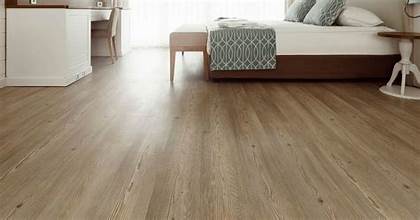The Environmental Benefits of Hardwood Flooring: A Sustainable Choice for Modern Living
Introduction: In an era marked by increasing environmental awareness, the choice of flooring materials plays a significant role in sustainable design practices. Amidst a plethora of options, hardwood flooring emerges as a compelling choice, not only for its timeless beauty and durability but also for its inherent eco-friendliness. In this article, we delve into the environmental benefits of hardwood flooring, exploring its sustainable attributes and contribution to a greener future.

Renewable Resource: One of the most notable environmental benefits of Marietta, GA Hardwood floor Insallation is its status as a renewable resource. Unlike synthetic flooring materials derived from fossil fuels, hardwood is harvested from sustainably managed forests where trees are replanted to ensure continuity of supply. Responsible forestry practices promote biodiversity, protect wildlife habitats, and mitigate deforestation, making hardwood flooring a more environmentally conscious choice.
Carbon Sequestration: Trees, the raw material for hardwood flooring, play a crucial role in mitigating climate change by absorbing carbon dioxide from the atmosphere through photosynthesis. As hardwood trees mature, they continue to sequester carbon within their wood fibers, effectively acting as a carbon sink. By choosing hardwood flooring, consumers indirectly support the preservation of forests, thereby aiding in the fight against global warming and carbon emissions.
Longevity and Durability: Hardwood flooring is renowned for its longevity and durability, outlasting many alternative flooring materials by decades, if not centuries. With proper maintenance and care, hardwood floors can withstand the test of time, reducing the need for frequent replacements and minimizing environmental impact. Furthermore, hardwood floors can be refinished multiple times, rejuvenating their appearance and extending their lifespan, thus further reducing waste and resource consumption.
Energy Efficiency: Hardwood flooring offers inherent energy efficiency benefits, particularly in terms of thermal insulation and heat retention. Wood has natural insulating properties, helping to regulate indoor temperatures and reduce energy consumption for heating and cooling. Additionally, hardwood floors can be paired with radiant heating systems, further enhancing energy efficiency and comfort in residential and commercial spaces. By optimizing energy use, hardwood flooring contributes to lower carbon emissions and a more sustainable built environment.
Recyclability and Biodegradability: At the end of its lifespan, hardwood flooring can be recycled or repurposed, minimizing waste and promoting circular economy principles. Wood waste generated during manufacturing and installation processes can be recycled into composite materials or used as biomass for energy production. Moreover, hardwood flooring is biodegradable, breaking down naturally without releasing harmful toxins or pollutants into the environment, unlike synthetic flooring materials that contribute to landfill pollution.
Low VOC Emissions: Volatile organic compounds (VOCs) are chemicals commonly found in building materials and furnishings, known for their adverse effects on indoor air quality and human health. Hardwood flooring, especially when finished with low-VOC or zero-VOC sealants and adhesives, contributes to healthier indoor environments by reducing off-gassing and indoor air pollution. Choosing hardwood flooring with eco-friendly finishes and adhesives aligns with sustainable living principles and promotes occupant well-being.
Conclusion: In an age where sustainability is paramount, hardwood flooring emerges as a compelling choice for environmentally conscious consumers and design professionals alike. From its renewable source and carbon sequestration capabilities to its longevity, energy efficiency, and recyclability, hardwood flooring embodies the principles of sustainability and responsible stewardship of natural resources. By opting for hardwood flooring, individuals can make a tangible difference in reducing their environmental footprint and fostering a greener, healthier planet for future generations.
…

